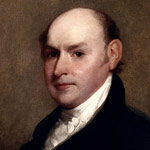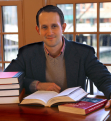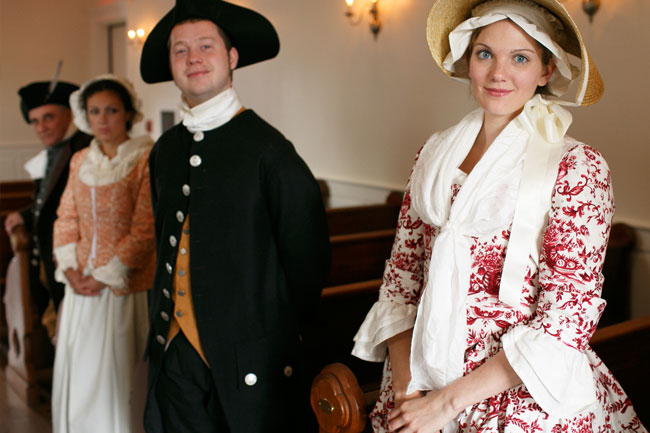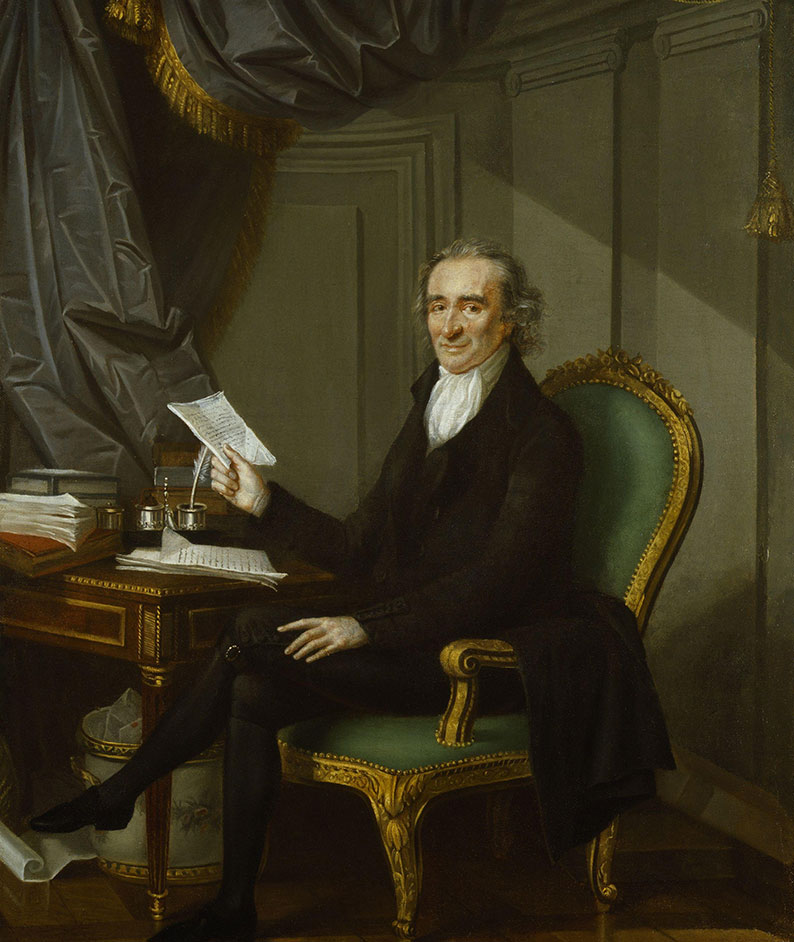In 1789, George Washington was unanimously elected to become the first President of the United States of America. According to early protocol, the man who received the most votes from the electors would be nominated President, while the man who received the second most would become Vice President. Alexander Hamilton, Washington’s secretary during the American Revolution wanted to make sure that Adams did not get so many votes as to prevent a serious challenge to Washington. So, Hamilton worked tirelessly through the winter to make sure that electors cast their ballot for the revolutionary war hero.
On April 13, 1789, Adams departed his native Braintree for New York where he would assume the duties of Vice President, second in command only to George Washington. It was a proud moment for John Adams. Passing through Massachusetts and Connecticut, he received a warm welcome from his supporters. In Hartford, Connecticut, Adams was presented with a bolt of broadcloth that he would use for his inaugural suit.







